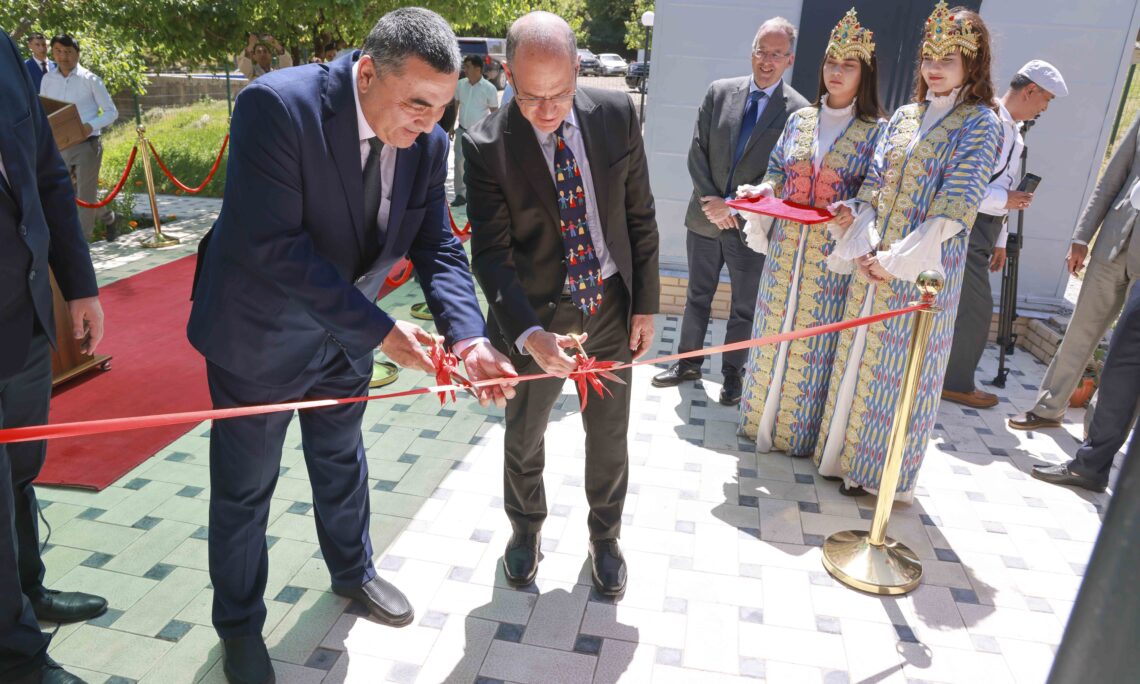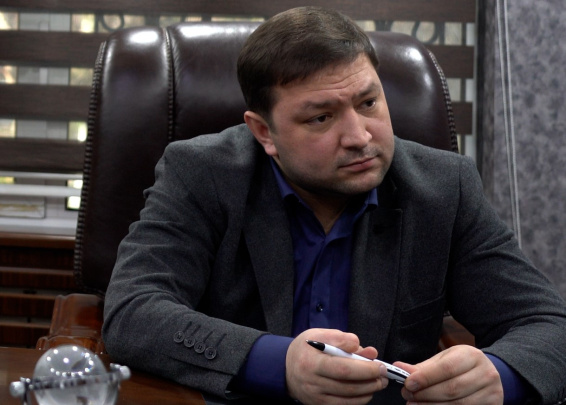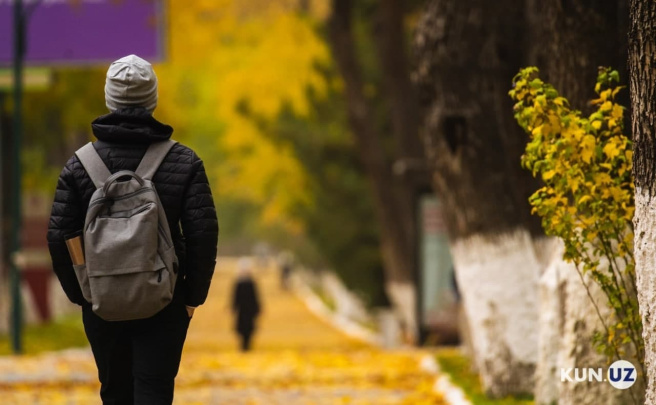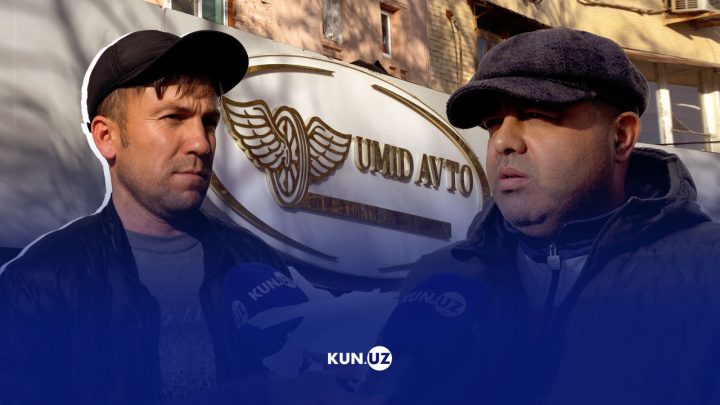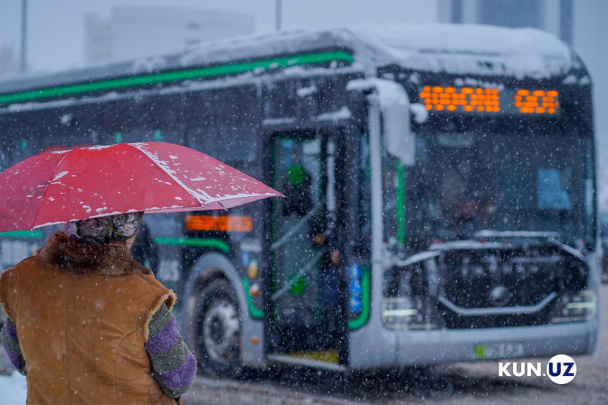The station, part of the U.S. Global Seismic Network of +150 stations worldwide, was funded by the United States Government and will be maintained with help from the United States National Science Foundation, with maintenance and training from UCSD’s International Deployment of Accelerometers Program.
The goal of the station is to foster a better understanding of worldwide seismic activity in Uzbekistan and Central Asia. Data from the station can be used to locate earthquakes and mitigate earthquake risk, which is important for public safety and basic science.
A seismic exchange between the United States and Uzbekistan has bloomed since the seismic station project began in late 2020.
From February 20-24, 2023, U.S. Embassy Tashkent hosted Dr. Tuna Onur and Dr. Ana Aguiar from the U.S. Department of Energy Seismic Cooperation Program. Dr. Onur is an earthquake hazard and risk specialist and contractor to the Lawrence Livermore National Laboratory (LLNL). Dr. Aguiar is the LLNL Deputy Program Manager for the Seismic Cooperation Program and a specialist in seismic event detection and location. Both experts visited Uzbekistan for the first time to further collaborate with the Government of Uzbekistan on a range of issues around seismic hazard assessment.
One of the visitors’ key goals was to gain a better understanding of seismic hazards and earthquake risk-related challenges in Uzbekistan. Another goal was to meet with Uzbek colleagues to discuss incorporating local data into a regionally integrated database of historic Central Asian seismic activity. This integrated data will inform better probabilistic seismic hazard assessment (PHSA) models for the region. Dr. Onur and Aguiar met with officials at MES and the Institute of Seismology (IOS) under the Academy of Sciences, and the Ministry of Construction (MOC), the Institute of Mechanics and Seismic Resistance of Buildings (IOM), Tashkent University of Architecture and Civil Engineering, Tashkent State Technical University, AO Institute Toshuyjoy LITI, and the National University of Uzbekistan (NUU).
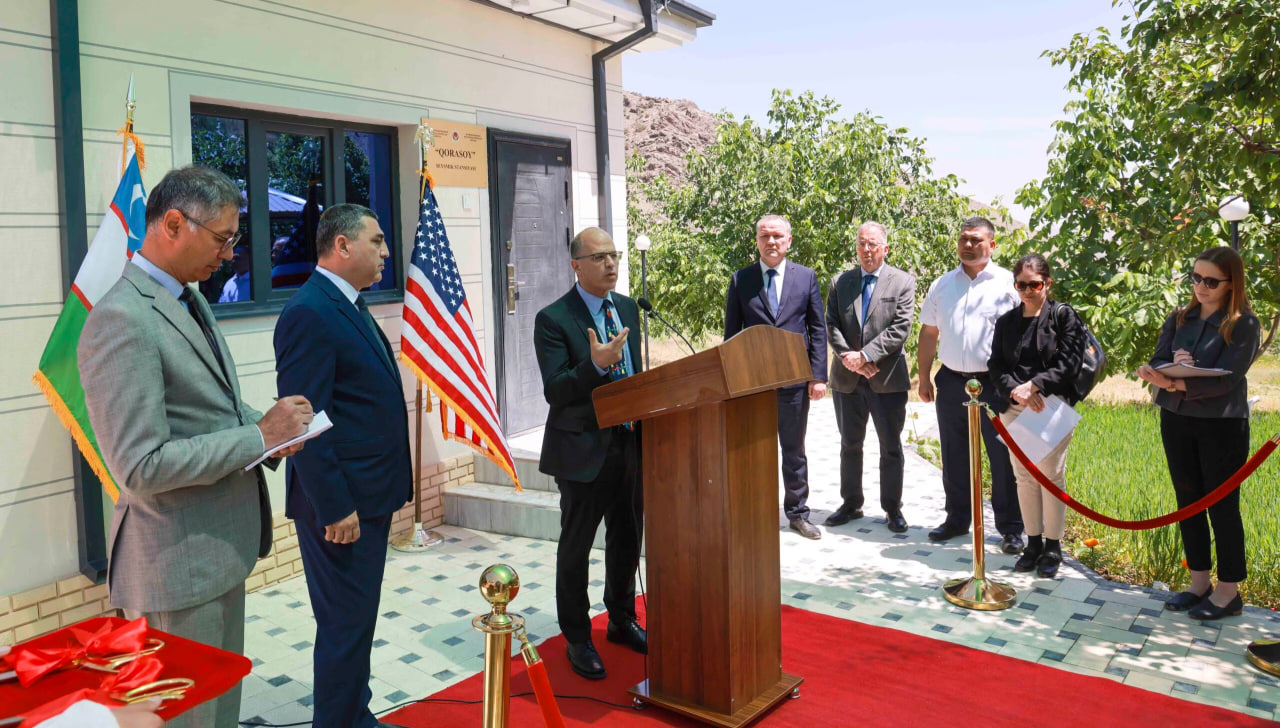
In October 2022, Dr. Onur taught National University of Uzbekistan (NUU) students in a virtual training on PSHA techniques, especially related to how seismic risk affects building codes and evaluation of earthquake risk. During her recent visit, Dr. Onur had the opportunity to visit NUU students in person from her virtual class and hand out participation certificates. In April, Dr. Onur gave targeted training to MES, IOS, MOC, and IOM on PSHA techniques. Her goal with this training was to advise the government in Uzbekistan on her own experiences modeling safer construction codes following stringent North American standards.
The Embassy also helped develop a memorandum of understanding for educational exchange in seismology between United States-based Michigan State University (MSU) and NUU. In May, as a result of that agreement, MSU, with funding from the International Science and Technology Center, will install a seismic education station at NUU’s geology camp in the Chatkal Mountains. The goal of the project is to teach young Uzbek scientists about seismology and give them a chance to run their own stations.

